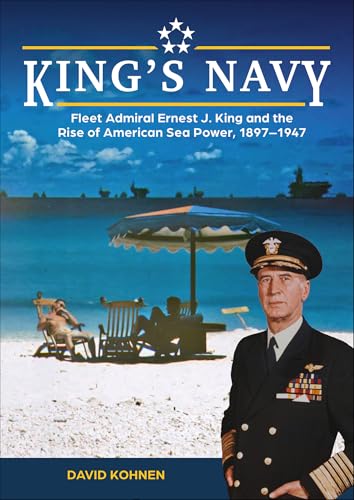
The United States Navy in the Pacific, 1897-1909
by William Reynolds Braisted
Popularity
3.97 / 5
* A book's popularity is determined by how it compares to all other books on this website.
Where to buy?
Buy from Amazon* If you buy this book through the link above, we may receive a small commission at no extra cost to you.
The United States Navy in the Pacific, 1897-1909 by William Reynolds Braisted
Details
Perspective:
Commanders
Military Unit:
US Navy
True Story:
Yes
Biography:
No
Region:
Pacific
Published Date:
2008
ISBN13:
9781591140870
Description
Brief Summary
The United States Navy in the Pacific, 1897-1909 by William Reynolds Braisted provides a comprehensive examination of the strategic and operational history of the U.S. Navy in the Pacific during a pivotal period in American naval history. From the challenges of modernization and expansion to significant naval engagements and diplomatic maneuvers, Braisted navigates complex historical events with precision. The book sheds light on the evolving geopolitical landscape and the role of naval power in shaping international relations at the turn of the 20th century.
Main Themes and Topics
The book delves deeply into themes of naval modernization, geopolitical strategy, and the burgeoning influence of the United States as an emergent naval power in the Pacific region. Braisted explores the strategic initiatives that facilitated the U.S. Navy's expansion, highlighting key developments such as technological advancements, naval warfare tactics, and the establishment of overseas bases. By contextualizing these elements within the broader scope of American foreign policy, Braisted effectively underscores the interplay between military preparedness and diplomatic engagement.
Writing Style and Tone
William Reynolds Braisted employs a scholarly and detailed writing style, marked by thorough research and clear exposition. His tone is academic, yet accessible, allowing both historians and general readers to engage with the intricacies of early 20th-century naval strategies. The meticulous documentation of events and decisions provides a layered understanding of the complexities surrounding the U.S. Navy's operations in the Pacific, making the narrative both informative and engaging.
Criticism
Some readers may find Braisted's dense narrative challenging, particularly those less familiar with military history or naval terminology. The book's detailed focus on specific operational and strategic elements, while insightful, can occasionally overwhelm readers seeking a broader narrative overview. Additionally, the focus on high-level strategic decisions may sometimes overshadow the human elements of the sailors and officers who lived through these historical moments.









